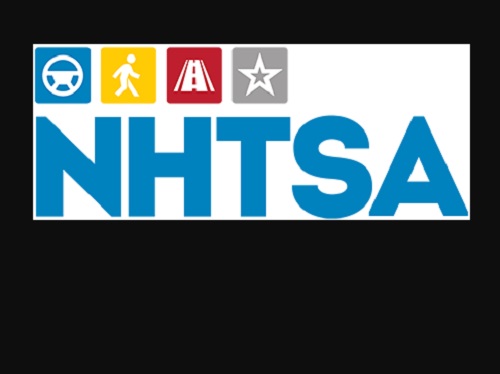The National Highway Traffic Safety Administration recently finalized a new Federal Motor Vehicle Safety Standard that mandates automatic emergency braking or AEB technology for all passenger cars and light trucks by September 2029.
[Above photo by NHTSA]
NHTSA expects this new standard – FMVSS No. 127 – should significantly reduce rear-end and pedestrian crashes, plus save at least 360 lives a year and prevent at least 24,000 injuries annually.
The agency said AEB systems use sensors to detect when a vehicle is close to crashing into a vehicle or pedestrian in front of them and automatically applies the brakes if the driver has not done so.
The new standard applies to nearly all U.S. light vehicles with a gross vehicle weight rating of 10,000 pounds or less. It requires all cars and light trucks in that category to be able to stop and avoid contact with a vehicle in front of them up to 62 miles per hour, with those systems also required to detect pedestrians in both daylight and darkness, NHTSA said.

In addition, the standard requires that the system apply the brakes automatically up to 90 mph when a collision with a lead vehicle is imminent, and up to 45 mph when a pedestrian is detected, the agency added.
“This technology is now mature enough to require it in all new cars and light trucks,” noted Sophie Shulman, deputy administrator for NHTSA, in a statement.
“In fact, this technology is now so advanced that we’re requiring these systems to be even more effective at higher speeds and to detect pedestrians,” she added. “Most new vehicles already come with AEB, and we expect that many cars and light trucks will be able to meet this standard ahead of the deadline, meaning even more lives will be saved thanks to this technology.”
Concurrently, NHTSA and the Federal Motor Carrier Safety Administration are finalizing a separate notice of proposed rulemaking they’ve been working on since June 2023 that would mandate AEB for heavy vehicles, including tractor trailers.
 Nation
Nation
Registration Open for AASHTO’s Winter Rail Meeting
December 19, 2025 Nation
Nation

